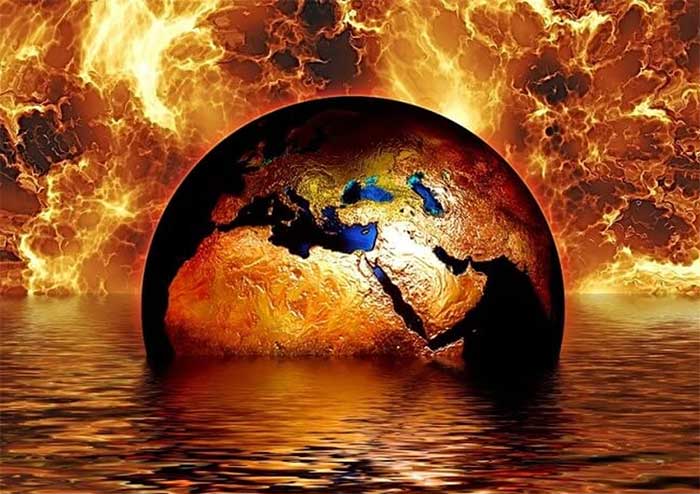The term “fire ice” may sound like a paradox, but in reality, it refers to a genuine type of natural gas.
“Fire ice” — or methane hydrate — is a form of natural gas trapped in a frozen solid state deep beneath the ocean floor.

Methane accounts for approximately 16% of global greenhouse gas emissions, and warmer ocean temperatures could melt a portion of the gas trapped beneath the seabed (Photo: Getty).
According to a study published on December 6 in the journal Nature Geoscience, scientists have found evidence that during previous warming periods, the oceans released large amounts of the potent greenhouse gas methane, likely originating from methane hydrate.
This suggests that the rise in ocean temperatures due to modern climate change could continue to melt more “fire ice,” releasing even more polluting methane gas.
Tracing the Origins of “Fire Ice”
In the new study, a team of international scientists utilized advanced 3D seismic imaging techniques to investigate a section of “fire ice” located offshore from Mauritania in Northwest Africa.
According to the U.S. Department of Energy (DOE), methane hydrate was once thought to be extremely rare, but it now exists in vast quantities, estimated at between 250,000 to 700,000 trillion cubic feet.
Analysis revealed a specific case where methane gas was released and had traveled over 40 km from the deep parts of the continental slope to the continental shelf beneath the ocean. This could have occurred as the “fire ice” dissociated during a warming period over the past 2.6 million years, as the frozen gas began to thaw.
It is likely that the gas was released through an underwater depression known as a “pockmark” during a previous warming phase of the Earth.

Methane hydrate was once thought to be extremely rare. (Photo: Getty).
Experts consider this a significant discovery, as prior research had primarily focused on the shallowest parts of stable methane hydrate regions.
However, new data clearly indicates that the volume of methane gas is much larger than previously predicted, and we truly need to delve deeper into this issue to gain a better understanding of the role of methane hydrate in the climate system.


















































